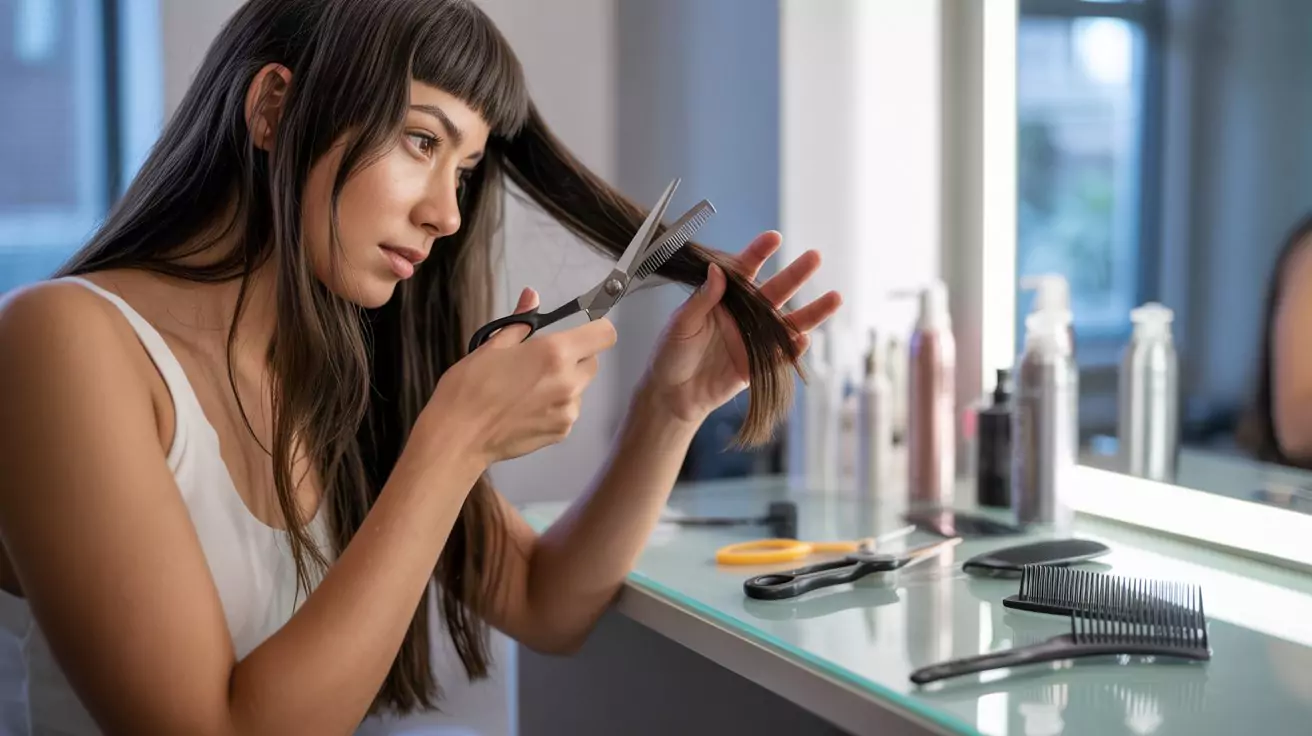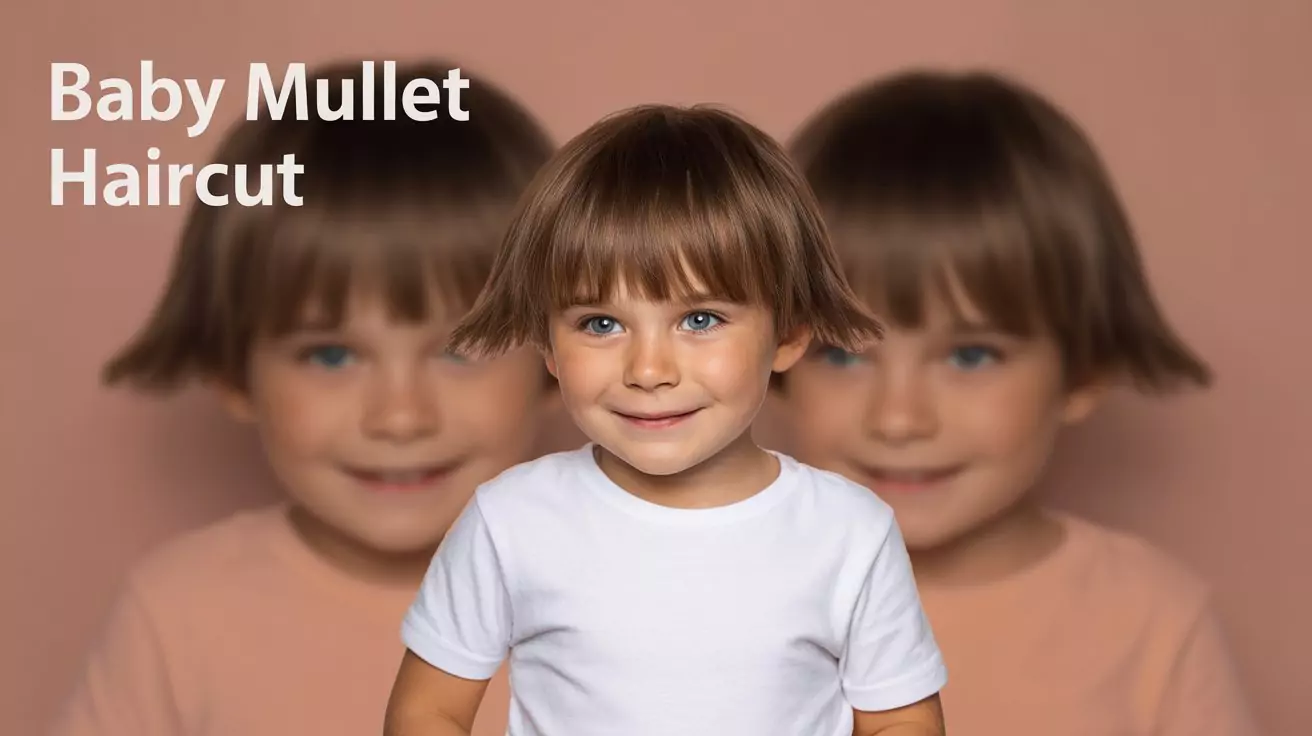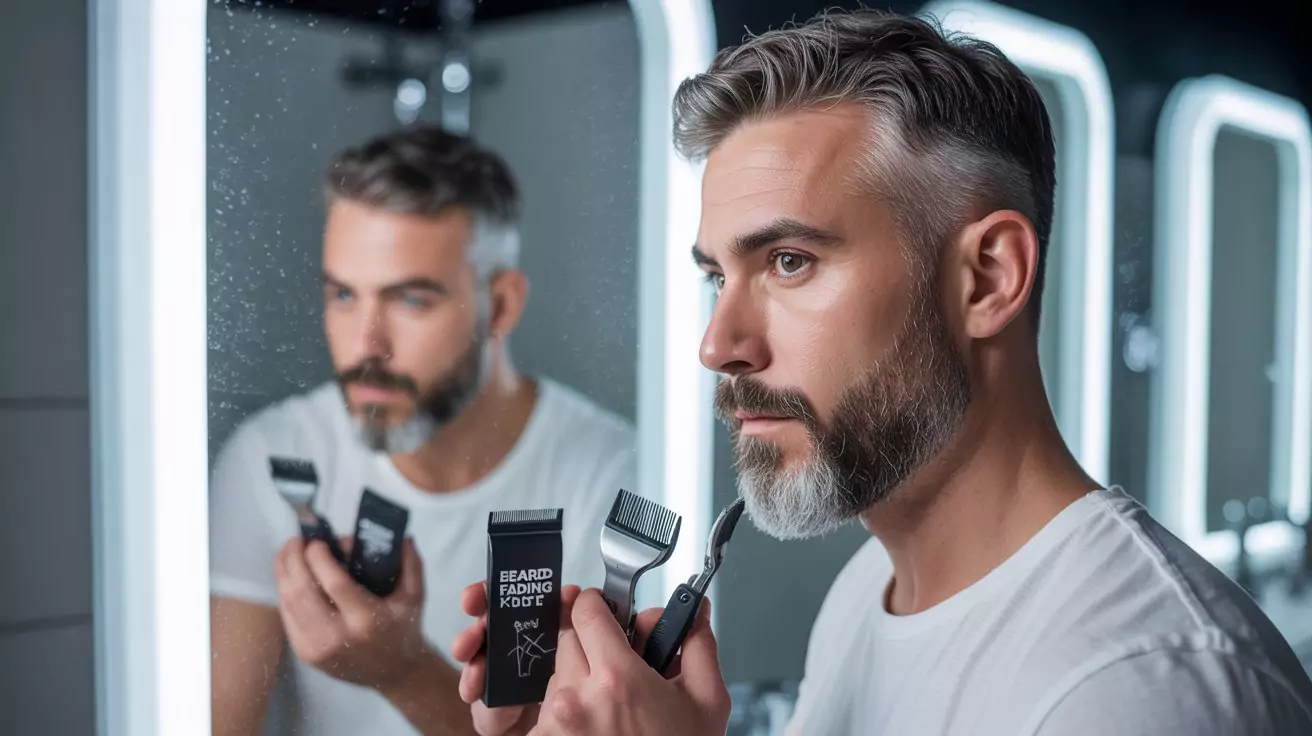Getting a perfect perm isn’t about following trends—it’s about understanding your unique hair texture and matching it with the right technique. After working with hundreds of clients over the past decade, I’ve seen too many perm disasters that could’ve been avoided with proper knowledge.
The modern perms revival has brought incredible innovations. But here’s what most people don’t realize: your hair’s porosity, thickness, and current condition determine everything about your perm’s success.
What Actually Makes a Perm Work (And Why Most People Get It Wrong)
Traditional perms use ammonium thioglycolate to break down hair bonds. The magic happens when these bonds reform around perm rods. But here’s the catch—timing is everything.
Most failed perms happen because stylists rush this process. Your hair needs 15-20 minutes for proper bond reformation. Less time means loose curls that fall out within days. More time means damaged, brittle hair.
Digital perms revolutionized the game by using controlled heat. This hot perm technique creates long-lasting curls that look natural when air-dried. The temperature stays between 180-195°F, creating memory in your hair shaft.
Cold perms remain the gentlest option. They work slower but cause less damage—perfect for previously treated hair.
The Real Story Behind Different Types of Perms
Body wave perms create subtle volume without tight spirals. They use larger rods and gentler chemicals, making them ideal for first-timers.
Spiral perms deliver those bold defined curls everyone covets. But they require healthy hair and expert timing. The smaller rods create tight curls that bounce with movement.
Digital perm service costs more but lasts longer. The heat activation creates effortless natural waves that style themselves. Expect 6-8 months of gorgeous texture.
Beachy waves perms use varying rod sizes for that tousled, vacation-hair look. This technique mimics natural wave patterns, avoiding the uniform curl look.
Root perms target specific areas for volume. They’re perfect for fine hair that needs lift without full-length processing.
Your Hair’s Secret Language: Reading Texture Like a Pro

Fine hair perm requires extreme caution. The delicate structure means higher damage risk. Gentle chemical perms work best, but even then, expect some texture change.
Fine hair has smaller diameter strands that process quickly. Your stylist should check every 5-7 minutes during processing. Volume for fine hair comes from strategic rod placement, not stronger chemicals.
Thick hair perm presents opposite challenges. Dense hair resists chemical penetration, requiring longer processing times. But once it takes, thick hair holds curls beautifully.
Coarse hair perm actually works best with perming. The sturdy structure handles chemicals well, and resilient coarse hair maintains curl patterns longer than other textures.
Hair porosity determines processing speed. High porosity hair (damaged or bleached) absorbs chemicals quickly but releases them just as fast. Low porosity hair resists processing but holds results longer.
For added shine and smoothness after a perm, read The Science Behind Hair Glossing: Why It’s Worth Trying
The Perm-Hair Matchmaking Process
Fine hair needs larger rods for loose waves. Tight curls weigh down delicate strands, creating flat, lifeless results. Soft natural waves complement fine hair’s natural movement.
Thick hair can handle any rod size. Tight spirals add texture without overwhelming the hair’s volume. The key is proper sectioning—smaller sections ensure even processing.
Previously colored hair requires coarse hair treatments before perming. Deep-conditioning treatments strengthen the hair shaft, reducing breakage risk.
Never perm over fresh highlights. Wait 2-3 weeks for the cuticle to normalize. This prevents over-processing and maintains hair integrity.
What Happens After You Leave the Salon
The first 48 hours determine your perm’s longevity. Don’t wash, tie up, or even touch your hair. The bonds are still settling into their new shape.
Post-perm care starts with the right products. Sulfate-free shampoos preserve curl patterns without stripping natural oils. Harsh detergents unravel freshly formed bonds.
Hydrating hair masks become your weekly ritual. Permed hair loses moisture during processing, making moisturizing curly hair essential for bounce and shine.
Avoid heat styling for the first month. Heat styling avoidance lets curls develop their natural pattern. When you do style, use diffusers on low heat.
Red Flags: When to Walk Away From That Stylist
A skilled hair stylist expertise shows in their consultation. They should examine your hair under good lighting, ask about previous treatments, and perform strand tests.
Red flag: Stylists who promise unrealistic results or rush the consultation. Modern perms require patience and precision.
Your stylist should explain processing times, show you rod sizes, and discuss realistic expectations. If they can’t answer technical questions about hair porosity levels, find someone else.
Making Your Perm Investment Last

Healthy curls maintenance requires commitment. Sleep on silk pillowcases to reduce friction. Use wide-tooth combs when hair is wet.
Long-lasting curls depend on proper hydration. Weekly deep-conditioning treatments keep curls springy and defined. Dry curls lose their bounce quickly.
Schedule touch-ups every 4-6 months, depending on hair growth and curl retention. Root perms can extend time between full perms.
The right perfect perm transforms not just your hair but your confidence. When matched correctly to your hair texture, perms create effortless natural waves that enhance your natural beauty. Remember—great perms aren’t accidents. They’re the result of understanding your hair’s unique needs and working with skilled professionals who prioritize hair health over quick results.




